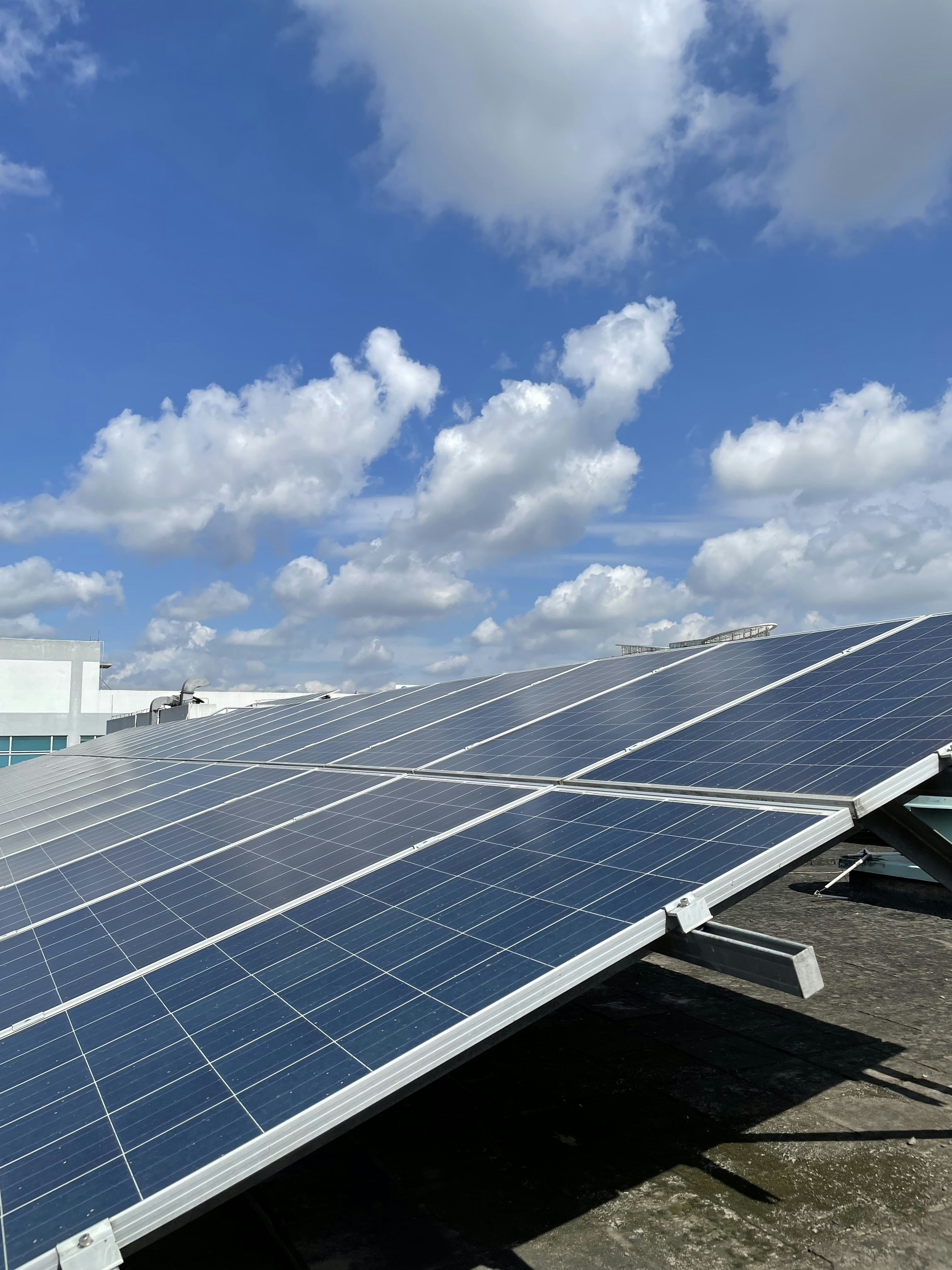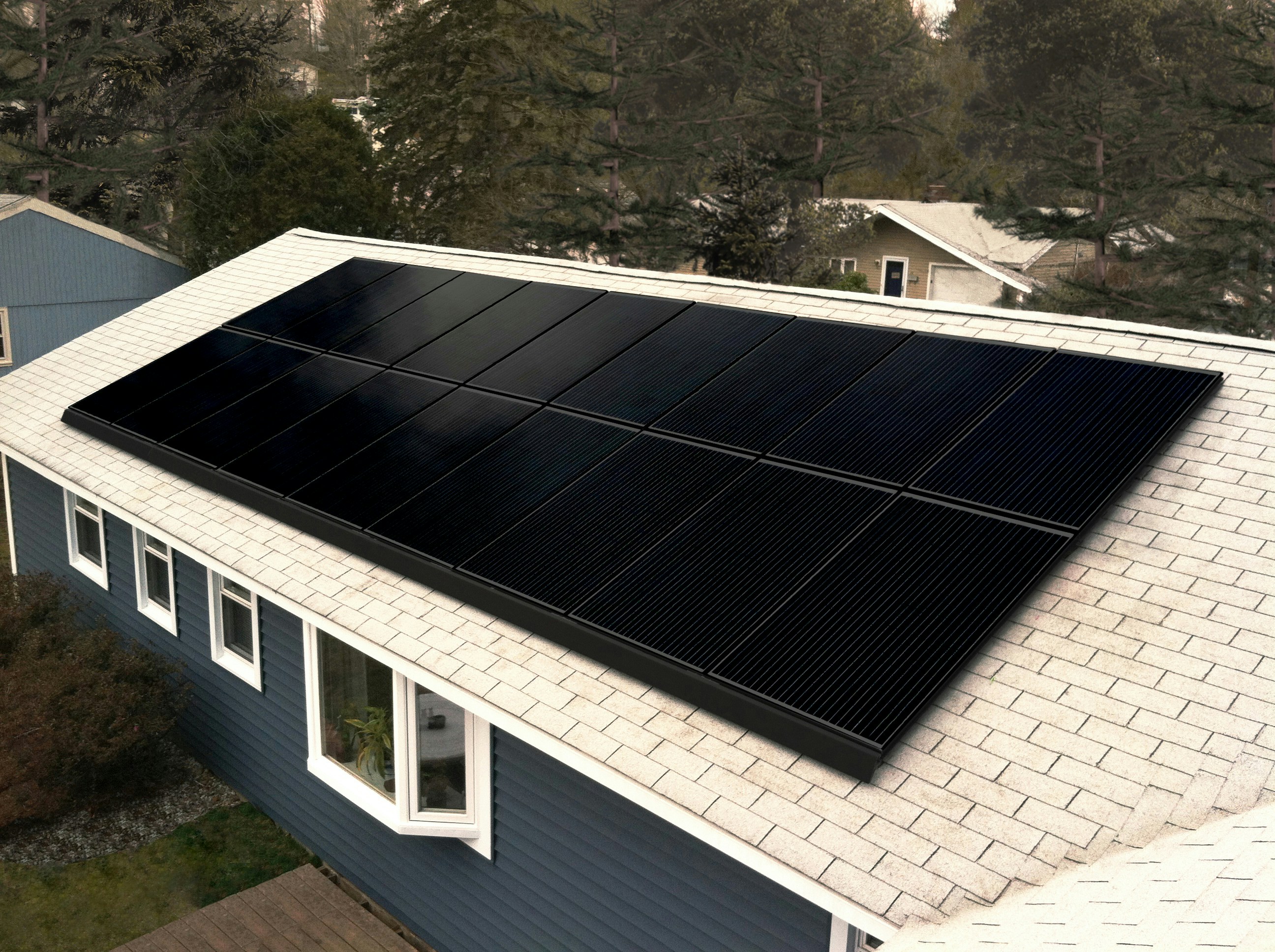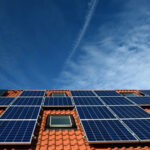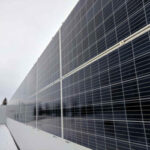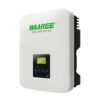Understanding Solar PV Systems
Solar photovoltaic (PV) systems are setups that convert sunlight into electricity, utilizing the principle of the photovoltaic effect. The fundamental components of these systems include solar panels, inverters, and a monitoring system. The solar panels, typically made of silicon, absorb sunlight and generate direct current (DC) electricity. This DC electricity is then converted into alternating current (AC) electricity by inverters, enabling compatibility with the electrical grid and household appliances.
These systems are growing increasingly popular in both residential and commercial settings, driven by several factors. Notably, they provide significant energy savings by allowing consumers to generate their electricity, reducing reliance on traditional energy sources. Additionally, the environmental benefits are substantial as solar PV systems contribute to lowering greenhouse gas emissions by utilizing renewable energy. This shift not only reduces carbon footprints but also supports global sustainability efforts.
In recent years, advancements in technology have made solar PV systems more efficient and affordable. Innovations in solar panel design, improved inverter technologies, and sophisticated monitoring systems have enhanced performance while decreasing costs. Monitoring systems play a crucial role in optimizing the energy output of solar installations by tracking performance and identifying any issues in real-time. These systems often include user-friendly interfaces accessible via smartphones, making it easier for users to manage their energy production and consumption.
Furthermore, government incentives significantly contribute to the adoption of solar PV systems. Many regions offer tax credits, rebates, and grants, making investments in solar technology more attractive for consumers and businesses alike. The cumulative effect of savings from energy bills, along with incentives, makes solar PV systems not only a sustainable choice but also a financially viable one.
The Importance of Cybersecurity in Solar PV Systems
As solar photovoltaic (PV) systems continue to gain traction in the renewable energy sector, the importance of cybersecurity cannot be overstated. The integration of advanced technologies such as remote monitoring systems and Internet of Things (IoT) devices within solar setups has enhanced operational efficiency, but it has also significantly heightened their vulnerability to cyber threats. As a result, ensuring robust cybersecurity measures is essential for protecting these systems from being compromised.
Real-world incidents illustrate the growing risks associated with connected solar PV systems. For instance, several documented cyberattacks have targeted renewable energy infrastructures, leading to significant disruptions and financial losses. One notable incident involved a cyber intrusion at a utility company, where attackers gained access to renewable energy management systems, potentially endangering the stability of the electric grid. Such examples underscore the urgent need to fortify cybersecurity within the solar industry to safeguard critical infrastructure from malicious actors.
Inadequate cybersecurity measures can lead to severe repercussions for solar PV systems. A successful attack may result not only in operational downtime but also in data theft, where sensitive information regarding energy production and customer data could be exploited for nefarious purposes. Additionally, a compromised system may cause physical damage to solar panels or inverters, leading to costly repairs and extended outages. The potential ramifications of these cyber threats necessitate a proactive approach toward cybersecurity that encompasses both technology and policy frameworks.
In conclusion, as solar PV systems increasingly embrace digital technologies, understanding and implementing robust cybersecurity protocols is essential. This not only preserves the integrity and functionality of these systems but also protects the broader energy landscape from the implications of cyber threats.
Best Practices for Securing Your Solar PV System
The integration of cybersecurity measures into your solar photovoltaic (PV) system is essential for safeguarding the technology that harnesses renewable energy. A well-protected solar PV system not only optimizes energy efficiency but also ensures protection against potential cyber threats that could disrupt operations or compromise sensitive data. Implementing best practices in this area can significantly diminish vulnerabilities.
One critical step is the installation of a robust firewall. Firewalls act as a barrier between your solar PV system and external threats, monitoring incoming and outgoing traffic and blocking unauthorized access. Regularly updating firewall configurations and firmware is also essential for maintaining optimal security. Coupled with firewall protection, keeping all software associated with the solar PV system up to date is vital. Software updates often contain security patches that address newly discovered vulnerabilities, making them an integral part of the cybersecurity strategy.
Adopting strong password policies is another fundamental practice. Passwords should be complex and frequently changed to prevent unauthorized access. Additionally, implementing two-factor authentication (2FA) adds an extra layer of security, making it more challenging for cyber attackers to infiltrate the system. Educating users about the dangers of phishing scams is equally important; this can prevent accidental disclosures of personal information that could compromise the system’s integrity.
Regular security audits must be conducted to identify any potential weaknesses in the solar PV system’s security posture. These assessments reveal vulnerabilities and provide guidance on how to rectify them. Moreover, working with reputable vendors who prioritize cybersecurity in their products ensures that you are employing systems and components designed with security in mind. Finally, adopting established industry standards and certifications can help reinforce cybersecurity measures, demonstrating a commitment to maintaining high protection levels within the solar energy sector.
Future Trends in Solar PV Cybersecurity
The future of cybersecurity in solar photovoltaic (PV) systems is poised to be profoundly influenced by advancements in technology, primarily through the integration of artificial intelligence (AI) and machine learning (ML). These technologies enhance threat detection and response capabilities, allowing for a more dynamic and proactive approach to cybersecurity. By utilizing AI algorithms that analyze vast amounts of data in real time, solar PV systems can detect anomalies that may indicate potential cyber threats. Machine learning, in particular, can empower these systems to learn from historical data, continuously improving their threat assessment and response strategies over time.
As the solar industry grows, the importance of regulatory changes and international cooperation becomes increasingly evident. Governments and regulatory bodies across various countries are beginning to understand the need for robust cybersecurity standards tailored specifically to renewable energy systems. These standards are critical for ensuring that all stakeholders, including manufacturers, operators, and consumers, adhere to best practices. Enhanced collaboration at the international level can facilitate the sharing of threat intelligence, helping countries to collectively bolster their defenses against cyber threats targeting solar PV infrastructure.
Another promising development is the potential role of blockchain technology in securing solar PV operations and transactions. Blockchain can provide an immutable ledger for energy transactions, ensuring transparency and security in the exchange of energy produced by solar PV systems. By decentralizing the control and ownership of energy data, blockchain can significantly reduce the risk of cyberattacks while also enhancing accountability among stakeholders. The implementation of smart contracts within this framework may automate and enforce agreements while further decreasing vulnerabilities associated with human error.
Overall, these emerging trends highlight a future where solar PV cybersecurity is not only about protecting systems from immediate threats but also about proactively anticipating and addressing challenges through innovation, collaboration, and technological advancement.

